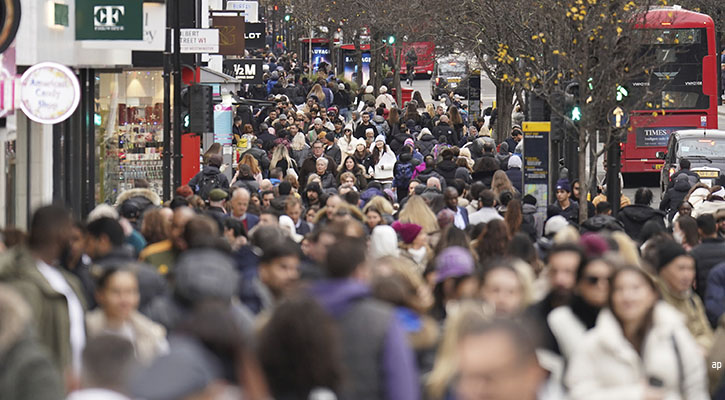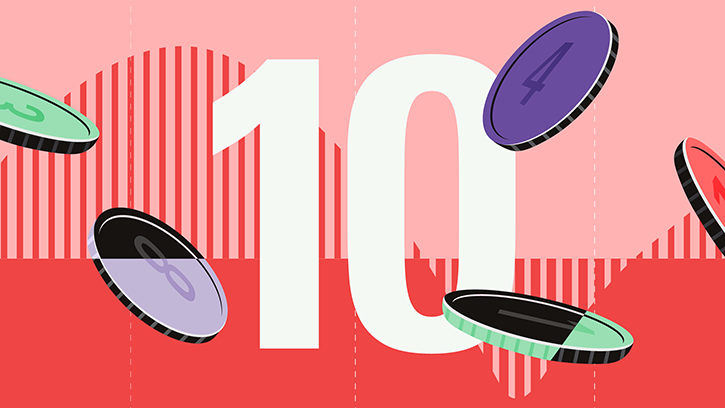
If there’s one thing fund managers like to remind us, it’s that performance is relative. Doing well in a bull market is all well and good, but did you beat your peers? Equally, in a year like 2022, where more or less 90% of asset classes struggled, there is comfort in knowing you managed to make better investment picks than the competition.
So which funds went from category winners and top stock pickers in 2021 to bottom dwellers in the year just gone? We have the answers below.
Six UK-domiciled funds fit our search criteria this year. In order to qualify, the fund must have been in the top 15th percentile for annual returns within its Morningstar category in 2021. And the fund must then sit within the bottom 15th percentile in 2022 as well.
Compared to last year, I had to widen the scope significantly. In the 2021 roundup we featured funds that fell from the top fifth percentile to the bottom 98%, due to the amount of funds that were affected by the reversal of pandemic trends. Four of the six funds featured that year belonged to Baillie Gifford. This year, all six funds are from different providers.
Liontrust Sustainable Future Defensive Managed
The first fund on our list, which has a category rank of 99, is a Liontrust strategy in the 20-40% equity allocation category. With a Morningstar Analyst Rating of Bronze, the fund aims to deliver income and capital growth over five years or more through investment in global sustainable securities. In 2021, the fund ranked in the top 12th percentile with a 7.12% return. This year the fund is down 18.13% but over the past five years, the £1 billion fund is up 2.81%.
Baillie Gifford Pacific
A Baillie Gifford’s Asia ex-Japan Equity fund is next on the list. This is the biggest fund of the six, with a size of about £2.7 billion. It aims to outperform (after deduction of costs) the MSCI AC Asia ex Japan Index, as stated in sterling, by at least 2% a year over rolling five-year periods. At least 90% will be invested directly or indirectly in shares of companies listed or operating in Asia (excluding Japan) and Australasia. In 2021, the fund managed to be in the top 10% in its category (returning 6.52%), but last year, it fell to the 95th (returning -20.19%). Still, the 5-year average is a growth of 9.13% annually, comfortably beating its index.
Royal London International Government Bond
Royal London’s global bond fund is one of two pure fixed income strategies in our list. This particular one fell from the top 14th percentile to bottom 89th. The investment objective is to achieve a total return over a period of three to five years, by predominantly investing in government bonds globally. While the fall within its category was big, the fund had negative returns both years: -1.48% in 2021 and -10.43% in 2022. Over the past five years the annualised return is marginally higher, at 0.36%.
LF Ruffer Japanese
Enter the smallest fund of this article. LF Ruffer’s Japan Large-Cap Equity fund currently stands at £290 million, but in return, it has the second best 5-year annualised return (6.14%). It aims to provide capital growth by investing in a portfolio of predominantly Japanese equities and fixed income securities. Its biggest holdings Fujitsu (6755) and Daiichi Sankyo (4568) account for just over 5% each. In 2021, it had an annual return similar to its five-year average at 6.75%, finishing the year in the top 12% of its category. In 2022, it fell down to the 87th percentile due to a return of -14.24%.
Schroder Sterling Corporate Bond
The second fixed income fund belongs to Schroder and sits in the GBP Corporate Bond category. Among our selection, this strategy was the best fund of its group in 2021, coming in the top 2%. The objective is to beat the Bank of America Merrill Lynch Sterling Corporate & Collateralised index over a three-to-five-year period. The fund does this by investing in fixed and floating rate securities issued by UK companies and companies worldwide. The year 2022 saw the fund lose 21.25% and drop to the 87th percentile. The return over five years averages 1.11%.
AXA Global Sustainable Distribution
This list is bookended by allocation funds and we finish off with a riskier GBP Allocation 40-60% Equity from AXA. In the top 3% in 2021, the fund returned 13.89%, but last year, it fell about the same amount (-14.34%) and placed in the 85th percentile. However, the fund goal is to achieve income and capital growth over five years or more - and over that period the fund is up 2.94%. It invests in shares of listed companies worldwide and index-linked bonds issued by developed market governments. A typical asset mix ranges between 50- 60% in shares and the remainder is invested mostly in index-linked bonds and cash.




























